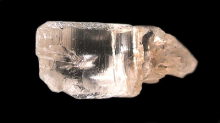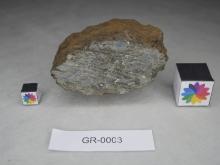The Raman Laser Spectrometer (RLS) onboard the ESA/ExoMars rover
Having the specific purpose of detecting biosignatures on Mars, the ExoMars mission led by the European Space Agency (ESA) in collaboration with the Russian space agency Roscosmos will soon deploy the Rosalind Franklin rover on the red planet. As part of the rover payload the Raman Laser Spectrometer (RLS) will analyze, together with MicrOmega (NIR) and MOMA (GC-MS) instruments, Martian rock and soil samples collected from a depth of 2 meters.
In the framework of the ExoMars mission, the ERICA group developed the so called RLS Simulator. Range of analysis (70-4200 cm-1), working distance (≈ 15 mm), laser power output (20 mW), spectral resolution (6-10 cm-1) and spot of analysis (≈ 50 µm) of this spectrometer closely resemble those of the RLS instrument. Furthermore, the RLS Simulator integrates the same algorithms that will be employed by the RLS to autonomously operate on Mars, such as sequential analyses, autofocus and optimization of the signal to noise ratio. As part of the RLS science team, the ERICA group is using this tool to analyze the whole collection of PTAL samples and, through the detailed interpretation of the obtained results, extrapolate inferences about the potential scientific outcome of the RLS soon operating on Mars.
To access RLS-PTAL data, please visit our website: http://erica.uva.es/PTAL/login/.

Figure: RLS ExoMars Simulator (left) and RLS instrument (right)




